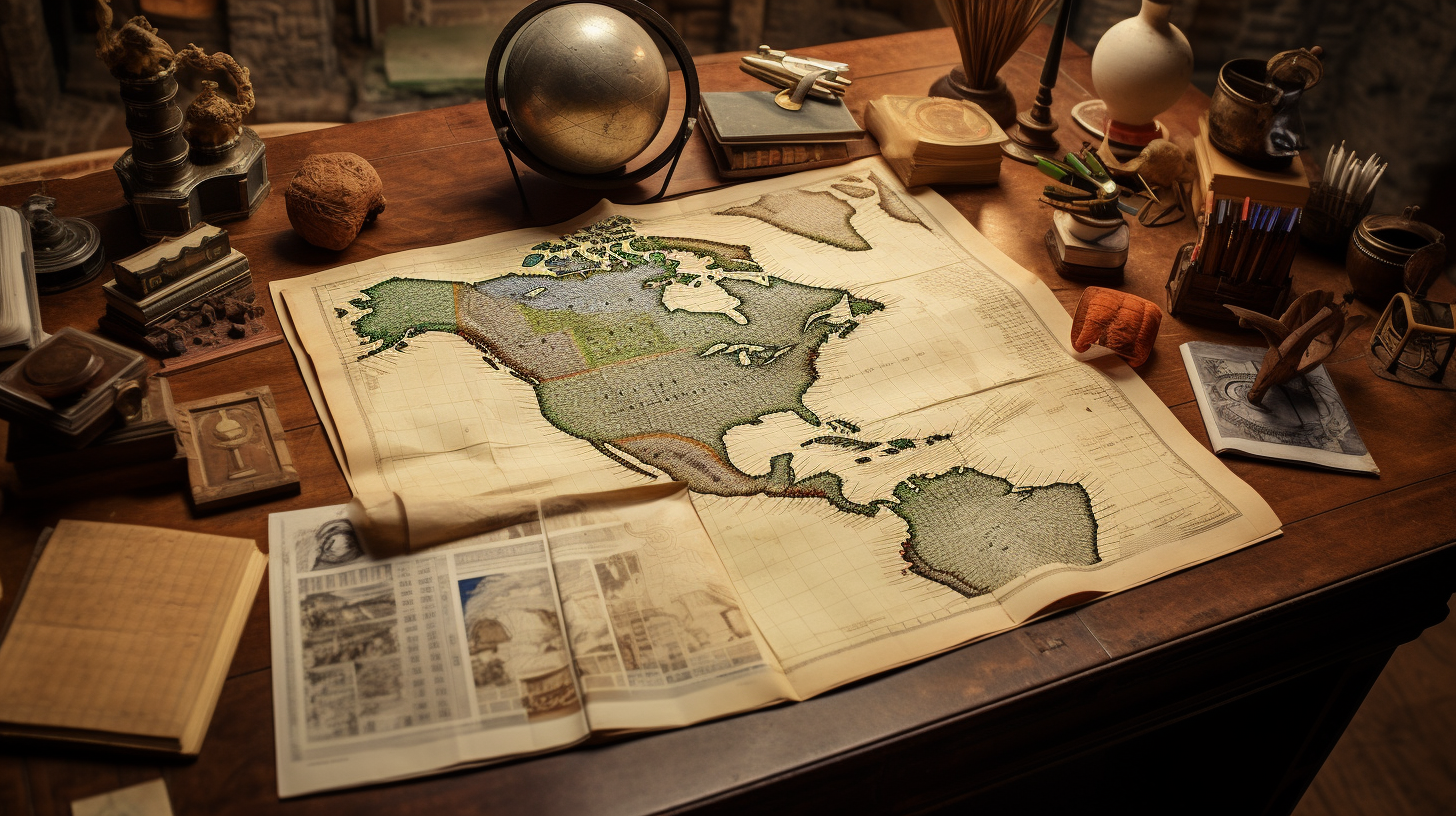
Articles

Mexican States
Southwest United States
Heritage and Governance
Mexican Colonial Migration as a Catalyst for Assimilation (1550-1821)
For centuries, Mexico has led the world in silver production. In 1546, during Mexico’s colonial period, silver was first discovered in Zacatecas, but many more mines would be opened up in the next two centuries. According to Michael M. Swann, “Migrants in the Mexican North,” the “silver centers attracted large, mixed populations from great distances.
The Roots of Tlaxcalan Resentment
According to Aztec legends, seven Náhuatl-speaking tribes migrated from the northwest to what is now central Mexico. One of these tribes were the Tlaxcalans. Over time, from the 1420s until 1519, another Náhuatl tribe came to dominate most of the region and developed the powerful Aztec Empire by subduing neighboring city-states.
By 1519, the Aztec Empire had become a multi-ethnic, multi-lingual realm stretching more than 80,000 square miles throughout central and southern Mexico. Living to the east of the Aztec capital Tenochtitlán, the Tlaxcalans inhabited about 200 semi-autonomous villages.
The Tlaxcalan Migrations to Northern Mexico
The year 2020 marked the 499th anniversary of the first Tlaxcalan migration of the 16th century to other parts of Mexico. Starting on June 6, 1591, selected families from Tlaxcala left their native soil to populate various locations in central and northern Mexico.
The Tlaxcalans had first assisted the Spaniards in destroying the mighty Aztec Empire in an extended campaign (1519-1521). As a reward, the Spaniards awarded the Tlaxcalans special rights and privileges. In fact, the Spanish-Tlaxcalan alliance soon evolved into a “stable, institutionalized pact” in which “Tlaxcala became a state within the empire.”
The Enemies of the Aztecs
“The Enemies of the Aztecs” will discuss the various groups who fought the Aztecs and were not conquered by them. In 1519, the Aztec Empire ruled over fifteen million people living in 489 communities in 38 provinces. Professor Michael E. Smith has stated that “one of the more intriguing characteristics of the Aztec Empire is the existence of major unconquered enemy states surrounded by imperial territory... Ethnohistoric sources from Tenochtitlán [the Aztec capital city] suggest that the Aztecs did not really want or need to conquer these states, and that they could easily have done so had they wished.” But Smith adds, “the boasts of the Mexica are better seen as propaganda than as accurate descriptions of political reality.” In fact, Smith’s research concluded that “the nature of the enemy states and their dealings with the empire shows that they were serious and powerful adversaries.”
Indigenous Puebla: Land of the Náhuatl Speakers
There is strong evidence that Puebla has been inhabited for a long time. In fact, the skull of the Texcal Man — which was found in a cave near Tehuacán in southeastern Puebla — has been dated at 7,480 years old. For the past millennium, several cultures — including the Olmec, Toltec, Náhuatl, Popoloca, Totonac, Mazatec and Otomí cultures — have thrived in the region that is now called Puebla. However, by the 15th Century, the Náhuatl-speakers of the Aztec Empire conquered nearly all of Puebla and ruled it until the coming of Hernán Cortés and the Spaniards. When the Spaniards destroyed the mighty Aztec Empire, the empire’s Puebla territories devolved into the hands of the Spanish Empire.
Indigenous Tlaxcala: The Allies of the Spaniards
The state of Tlaxcala is located in center-south Mexico. Its neighbors are the States of México (on the east), Hidalgo (on the north) and Puebla (on the north, west and south). The small state of Tlaxcala lies just north of Heroica Puebla and is surrounded by the State of Puebla on all sides, except the northwest. Tlaxcala is the smallest of Mexico’s 31 states, with an area of only 4,016 square kilometers, representing 0.2% of the national territory. Only the Federal District is smaller.
Indigenous Puebla: Land of the Náhuatl Speakers
Puebla de Zaragoza is a landlocked state in east central Mexico. It is surrounded by Veracruz on the northeast, Hidalgo on the northwest, Tlaxcala on the west, Estado de México on the west and southwest, Morelos on the southwest, Guerrero on the south and Oaxaca on the south and southeast. Politically, Located on the central plateau southeast of Mexico City, Puebla is divided in 217 municipios and has an area of 34,306 square kilometers (13,245 square miles), making it the 21st largest Mexican state (1.7% of the national territory).

Article Categories
- Aguascalientes 14
- Arizona 4
- Baja California 5
- Baja California Sur 2
- California 19
- Campeche 4
- Census 36
- Chiapas 3
- Chihuahua 11
- Coahuila 7
- Colima 1
- Conquistador Chronicles 2
- Durango 2
- Ethnic Identity 40
- Genealogy 35
- Guanajuato 8
- Guerrero 8
- Hidalgo 2
- Indigenous Insights 97
- Jalisco 25
- Mexico City 11
- Michoacan 7
- Morelos 4
- Nayarit 3
- New Mexico 4
- Nuevo Leon 7
- Oaxaca 6
- Politics 10
- Puebla 5
- Queretaro 1
- Quintana Roo 4
- San Luis Potosi 11
- Sinaloa 6
- Sonora 16
- Southwest US 26
- State of Mexico 5
- Tabasco 3
- Tamaulipas 11
- Texas 7
- Tlaxcala 7
- Veracruz 6
- Yucatan 6
- Zacatecas 13








